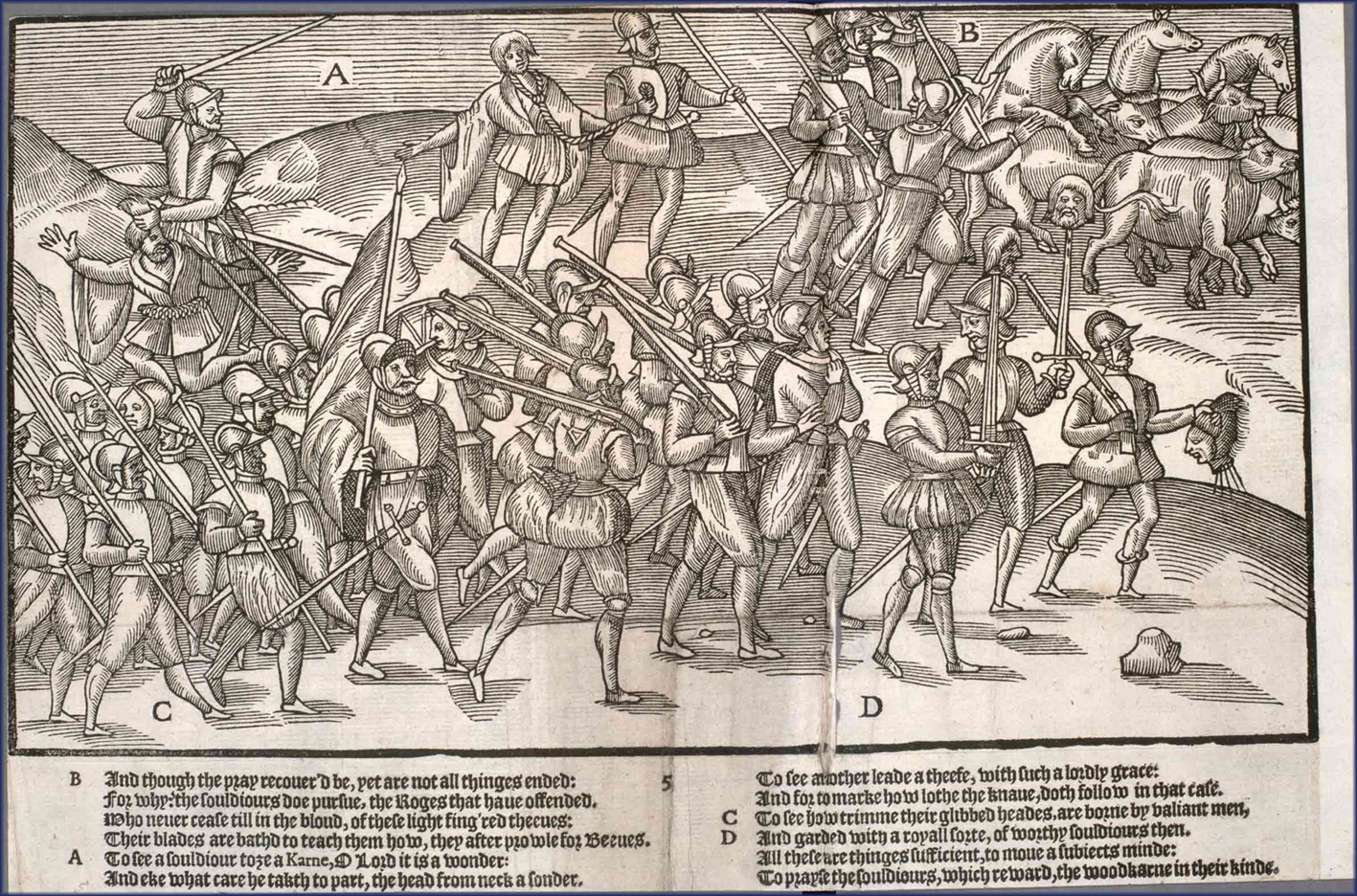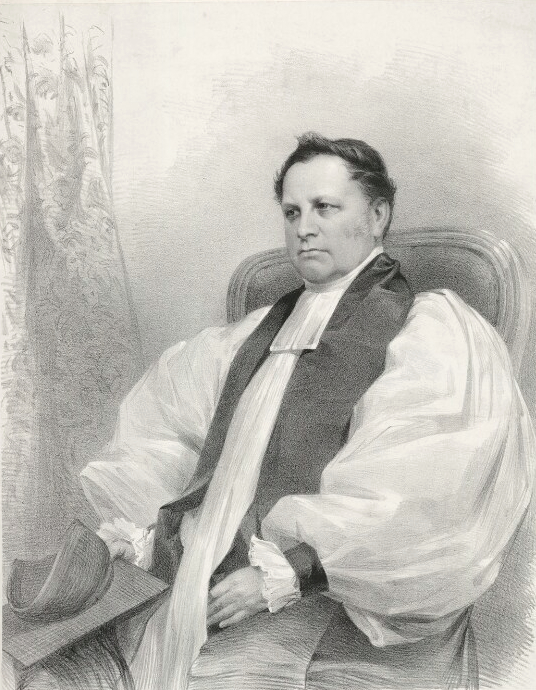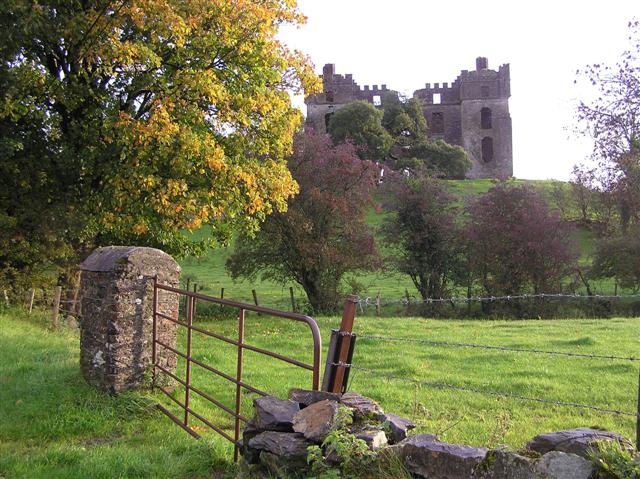|
Diocese Of Derry And Raphoe
The Diocese of Derry and Raphoe is a diocese of the Church of Ireland in the north-west of Ireland. It is in the ecclesiastical province of Armagh. Its geographical remit straddles two civil jurisdictions: in Northern Ireland, it covers all of County Londonderry and large parts of County Tyrone while in the Republic of Ireland it covers County Donegal. Overview and history After the Church in England broke communion with the Catholic Church, by decree of the Irish Parliament, the Church of Ireland became the Established Church in the Kingdom of Ireland. The English-speaking minority mostly adhered to the Church of Ireland or to Presbyterianism, while the Roman Catholic Church undertook extensive mission work and retained the allegiance of the majority of the population in Ireland as a whole. From the 1830s onwards, many Anglican dioceses were merged, in view of declining membership. The sees of Derry and Raphoe were united in 1834. It is for this reason that the united d ... [...More Info...] [...Related Items...] OR: [Wikipedia] [Google] [Baidu] |
Derry St Columb's Cathedral North Aisle Standard Of The Diocese Of Derry And Raphoe 2013 09 17
Derry, officially Londonderry, is the second-largest City status in the United Kingdom, city in Northern Ireland, and the fifth-largest on the island of Ireland. Located in County Londonderry, the city now covers both banks of the River Foyle. Cityside and the old walled city being on the west bank and Waterside, Derry, Waterside on the east, with two road bridges and one footbridge crossing the river in-between. The population of the city was 85,279 in the 2021 census, while the Derry Urban Area had a population of 105,066 in 2011. The district administered by Derry City and Strabane District Council contains both Londonderry Port and City of Derry Airport. Derry is close to the Irish border, border with County Donegal, with which it has had a close link for many centuries. The person traditionally seen as the founder of the original Derry is Saint , a holy man from , the old name for almost all of modern County Donegal, of which the west bank of the Foyle was a part befor ... [...More Info...] [...Related Items...] OR: [Wikipedia] [Google] [Baidu] |
Kingdom Of Ireland
The Kingdom of Ireland (; , ) was a dependent territory of Kingdom of England, England and then of Kingdom of Great Britain, Great Britain from 1542 to the end of 1800. It was ruled by the monarchs of England and then List of British monarchs, of Great Britain, and was Dublin Castle administration, administered from Dublin Castle by a viceroy appointed by the English king: the lord deputy of Ireland. Aside from brief periods, the state was dominated by the Protestant English (or Anglo-Irish people, Anglo-Irish) minority, known as the Protestant Ascendancy. The Protestant Church of Ireland was the state church. The Parliament of Ireland was composed of Anglo-Irish nobles. From 1661, the administration controlled an Irish Army (1661–1801), Irish army. Although ''de jure'' styled as a kingdom, for most of its history it was ''de facto'' an English Dependent territory, dependency (specifically a viceroyalty). This status was enshrined in the Declaratory Act 1719, also known as th ... [...More Info...] [...Related Items...] OR: [Wikipedia] [Google] [Baidu] |
George Chadwick (bishop)
George Alexander Chadwick DD (10 October 1840 – 29 December 1923) was the Bishop of Derry and Raphoe. Born on 10 October 1840 and educated at Trinity College, Dublin, he was ordained in 1863 and began his career as a curate at St Anne, Belfast. He was then appointed Rector of St James, Belfast where he remained until 1872. He was Rector of St Mark's Armagh until 1886 when he became Dean of Armagh. In 1896 he was elevated to the episcopate, being elected on 18 February and consecrated on 25 March. An eminent author, he resigned his see on 31 January 1916 and died on 29 December 1923The Times ''The Times'' is a British Newspaper#Daily, daily Newspaper#National, national newspaper based in London. It began in 1785 under the title ''The Daily Universal Register'', adopting its modern name on 1 January 1788. ''The Times'' and its si ..., Monday, 31 Dec 1923; pg. 13; Issue 43536; col E ''Death Of Bishop Chadwick. A Leader In Ulster'' References External links * * ... [...More Info...] [...Related Items...] OR: [Wikipedia] [Google] [Baidu] |
William Alexander (bishop)
William Alexander (13 April 1824 – 12 September 1911) was an Irish cleric in the Church of Ireland. Life He was born in Derry on 13 April 1824, the third child of the Revd Robert Alexander. He was educated at Tonbridge School and Brasenose College, Oxford. During his time in Oxford he came under the influence of the Oxford Movement. Due to illness his academic record failed to live up to his promise, but he nonetheless displayed a solid scholarship which was to stand him in good stead in later life. After holding several livings in Ireland, including the rectories of Fahan and later Camus-juxta-Mourne (Strabane), he was Dean of Emly from 1864 to 1867, resigning on becoming Bishop of Derry and Raphoe, to which see he was nominated on 27 July and consecrated on 6 October 1867. He and three of his brother bishops were the last bishops of Ireland to sit in the Westminster House of Lords before the disestablishment of the Church of Ireland in 1871 by the Irish Church Act 1869 ... [...More Info...] [...Related Items...] OR: [Wikipedia] [Google] [Baidu] |
William Higgin
William Higgin (1793 – 12 July 1867) was the 18th Bishop of Limerick, Ardfert and Aghadoe from 1849 until 1853, when he was translated to Derry and Raphoe. Life Higgin was educated at Trinity College, Cambridge, graduating BA as 13th wrangler in 1813. He was the incumbent at Roscrea from 1828 to 1835 when he became Vicar general of Killaloe. In 1844 he became Dean of Limerick, his last post before elevation to the episcopate. Higgin was nominated to Derry and Raphoe on 18 November 1853 and appointed there by letters patent Letters patent (plurale tantum, plural form for singular and plural) are a type of legal instrument in the form of a published written order issued by a monarch, President (government title), president or other head of state, generally granti ... dated 7 December 1853. Family Higgin married in 1820 Mary Chippendall, daughter of Thomas Chippendall, of Blackburn. They had three sons and four daughters. References 1793 births ... [...More Info...] [...Related Items...] OR: [Wikipedia] [Google] [Baidu] |
Richard Ponsonby
The Rt. Rev. and Hon. Richard Ponsonby (1772–1853) was an Irish clergyman who held high office in the Church of Ireland. Life He was born at Dublin in 1772, the third son of William Ponsonby, 1st Baron Ponsonby of Imokilly and Louisa Molesworth.Rt. Rev. Hon. Richard Ponsonby ''thePeerage.com''. Retrieved on 17 September 2009. He was educated at , and at , where he graduated with a |
Raphoe
Raphoe ( ; ) is a small town in County Donegal in the north-west of Ulster, the northern province in Ireland. It is the main town in the fertile district of East Donegal known as the Laggan. It gave its name to the Barony of Raphoe, which was later divided into the baronies of Raphoe North and Raphoe South, as well as to the Roman Catholic Diocese of Raphoe and the Church of Ireland (Anglican) Diocese of Derry and Raphoe. There is also a civil parish of Raphoe.Placenames Database of Ireland (see archival records) The Burn Dale (also known in English as the Burn Deele) is a '''' (a small river) that flows a short dist ... [...More Info...] [...Related Items...] OR: [Wikipedia] [Google] [Baidu] |
St Eunan's Cathedral, Raphoe
St Eunan's Cathedral ( , also known as Raphoe Cathedral, is one of two cathedral churches of the Diocese of Derry and Raphoe, United Dioceses of Derry and Raphoe (united in 1834) in the Church of Ireland. It is located in Raphoe, County Donegal and is dedicated to Saint Eunan (Adomnán of Iona) (627/8 – 704) who was abbot of Iona (679–704). The other diocesan cathedral is St Columb's Cathedral in Derry. History The oldest substantive part of the present building is the south-east corner, which dates back to the 12th century, although two pieces of a sculptured door lintel dating from around the 9th century are believed to be from the original monastery and church of Raphoe, as founded by St Eunan. The rest of the cathedral is a mixture of successive rebuilding and alterations dating from the 17th to late 19th centuries. The original building was cruciform in shape. A virtual re-building of the medieval cathedral was directed by The Right Reverend, The Rt. Rev. Dr. George M ... [...More Info...] [...Related Items...] OR: [Wikipedia] [Google] [Baidu] |
St Columb's Cathedral
St Columb's Cathedral in the walled city of Derry, Northern Ireland, is the cathedral church and episcopal see of the Church of Ireland's Diocese of Derry and Raphoe. It is also the parish church of Templemore. It is dedicated to Saint Columba, the Irish monk who established a Christian settlement in the area before being exiled from Ireland and introducing Christianity to Scotland and northern England. Built after the Reformation in Ireland, St Columb's is the first Anglican cathedral to have been built in Britain and Ireland after the Reformation and was the first non-Roman Catholic cathedral to be built in Western Europe. History The original site of the diocesan cathedral was in Templemore ( or "the Big Church"). Due to the violence of the Nine Years' War, the church was destroyed. It was first damaged by an accidental explosion on 24 April 1568, the church having been appropriated for the storage of gunpowder. On 16 April 1600, Sir Henry Docwra entered Derry with a force ... [...More Info...] [...Related Items...] OR: [Wikipedia] [Google] [Baidu] |
Cathedral
A cathedral is a church (building), church that contains the of a bishop, thus serving as the central church of a diocese, Annual conferences within Methodism, conference, or episcopate. Churches with the function of "cathedral" are usually specific to those Christian denominations with an episcopal hierarchy, such as the Catholic Church, Catholic, Eastern Orthodox Church, Eastern Orthodox, Anglicanism, Anglican, and some Lutheranism, Lutheran churches.''New Standard Encyclopedia'', 1998 by Standard Educational Corporation, Chicago, Illinois; page B-262c. Church buildings embodying the functions of a cathedral first appeared in Italy, Gaul, Spain, and North Africa in the 4th century, but cathedrals did not become universal within the Western Catholic Church until the 12th century, by which time they had developed architectural forms, institutional structures, and legal identities distinct from parish churches, monastery, monastic churches, and episcopal residences. The cathedra ... [...More Info...] [...Related Items...] OR: [Wikipedia] [Google] [Baidu] |
Bishop Of Raphoe
The Bishop of Raphoe ( ) is an episcopal title which takes its name after the town of Raphoe in County Donegal, Ireland. In the Roman Catholic Church it remains a separate title, but in the Church of Ireland it has been united with another bishopric. History In the earliest period of the diocese, the episcopal see was often referred to as Tír Conaill (the surrounding region). It was also sometimes written as ''Ráith Both'', the Middle Irish spelling of the location. In 1266, Bishop Germanus of Derry forcibly transferred the Inishowen peninsula from the jurisdiction of the Diocese of Raphoe to the Diocese of Derry. After the Reformation, there were parallel episcopal successions. In the Church of Ireland, the title continued until 1834 when it united with Derry and formed the united bishopric of Derry and Raphoe. In the Catholic Church, the title continues as a separate bishopric. The current Incumbent is The Most Reverend Alan McGuckian, SJ, Bishop of the Roman Catho ... [...More Info...] [...Related Items...] OR: [Wikipedia] [Google] [Baidu] |
Bishop Of Derry
The Bishop of Derry is an episcopal title which takes its name after the monastic settlement originally founded at Daire Calgach and later known as Daire Colm Cille, Anglicised as Derry. In the Catholic Church it remains a separate title, but in the Church of Ireland it has been united with another bishopric. History At the Synod of Ráth Breasail in 1111 Ireland was divided up into ecclesiastical dioceses based on territorial units. One of these was for the Cenel Conaill who could have its Episcopal see either at Raphoe or Derry. At the Synod of Kells in 1152 however Derry and the Inishowen peninsula were moved from the diocese of the Cenel Conaill to that of the Cenel Eogain who controlled both areas. Derry was a Columban establishment founded by Columba who was a prince of the Cenel Conaill. It opposed many of the church reforms as well as being made part of the diocese of the Cenel Eogain. As a compromise the foundation of Derry was essentially made a diocese of its own wi ... [...More Info...] [...Related Items...] OR: [Wikipedia] [Google] [Baidu] |





